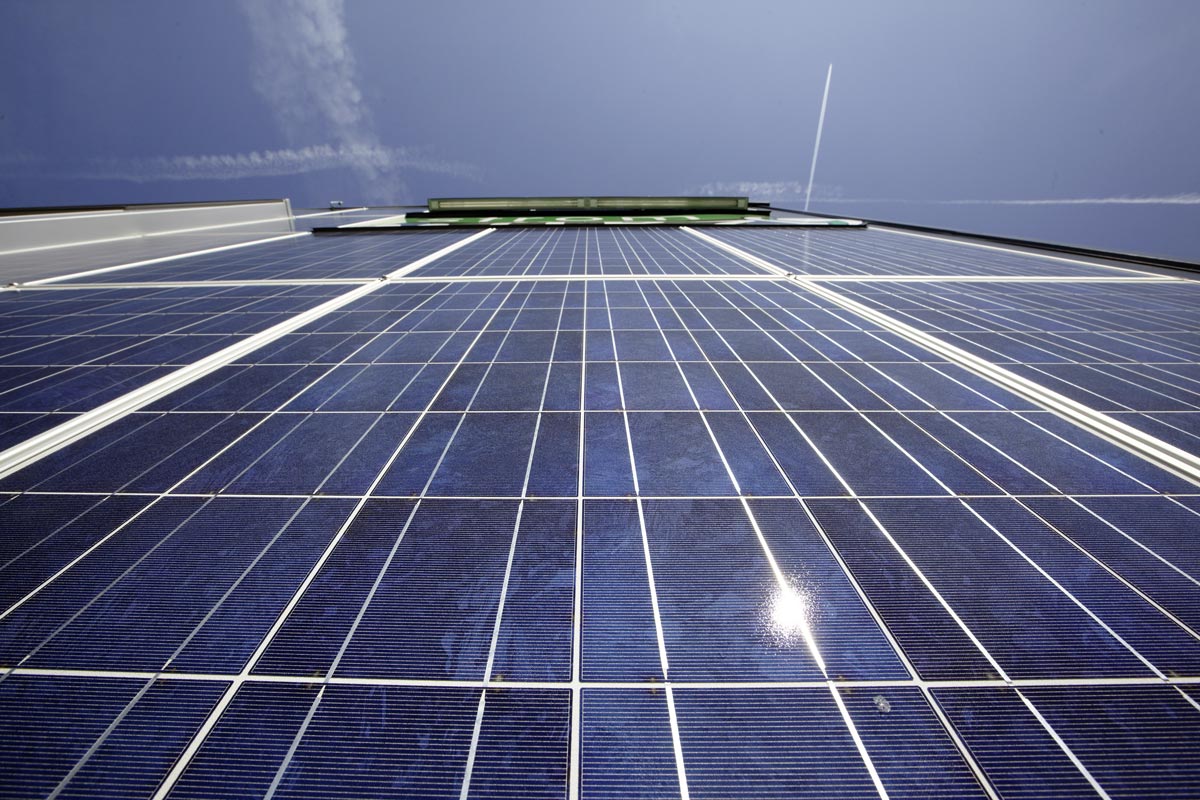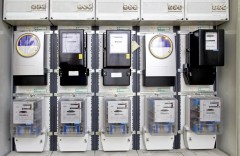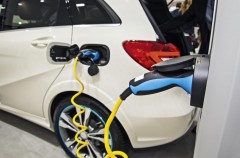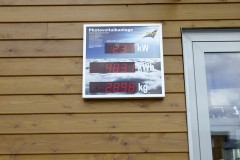The modernization of traditional distribution network layouts offers the opportunity to improve the flexibility and supply security of power networks by adopting new control strategies. The implementation of ICT, combined with active operation facilities, electric vehicles and stationary storage devices, make it possible to automate network operation increasingly and to influence specific generation units and consumers. At the Vienna University of Technology (Institute of Energy Systems and Electrical Drives) research is being conducted on innovative control methods capable of maintaining a flexible and secure power supply.
In the SORGLOS project researchers are developing methods and algorithms to achieve blackout robustness in individual network sectors (microgrids) via existing local producers and storage devices and by means of installed Smart Grid technologies. The research goes into black-start capability, secure network decoupling during blackouts, regulating generation, influencing loads, managing storage devices, and support during network reactivation.
Representative rural and urban Smart Grid network sectors with their differing characteristic generation structures form the basis. First of all, individual components of the networks under examination are modelled. In the case of the rural medium-voltage network a pumped-storage power plant with a Francis turbine is emulated, to provide power during an outage. For the small-town low-voltage network with no access to additional power plants a dynamic model of a backup diesel generator, to ensure supply security, is constructed. The functioning of the algorithms developed is simulated in a virtual demonstration with real data from Austrian Smart Grid projects (Great Walser Valley/Vorarlberg and Eberstalzell/Upper Austria).
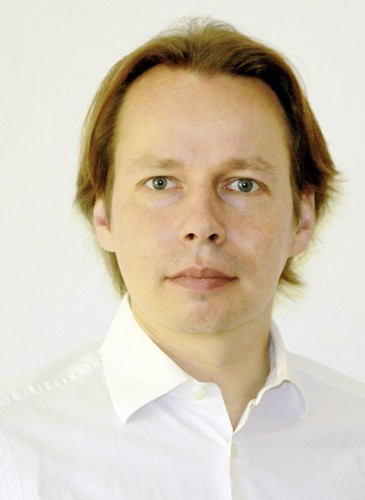
„We research Smart Grid technologies to improve the hosting capacity of our power supply systems for local renewable energy sources as far as possible without costly network expansion. In the future these technologies will also contribute to securing the high reliability of our power supply.“
Wolfgang Gawlik
Vienna University of Technology, Institute of Energy Systems and Electrical Drives (ESEA)
Within the framework of the aDSM – Active Demand-Side-Management through Feed-In Forecasting hierarchically scalable systems with distributed intelligence are being developed, to bring the consumption of households and electric vehicles in line with the power fed in by inhouse photovoltaic equipment as efficiently and flexibly as possible. Load redistribution or controlled charging activities are processed actively and looking ahead, aided by an optimized feed-in forecast. A model settlement with 126 households and a high proportion of renewable energy (photovoltaics) provides the basic data, showing a representative cross-section of building and residential conditions at the low-voltage level.
Through the control algorithm demand from individual households is regulated or postponed. Electro-thermal consumption (electric heating, circulation pumps, water boilers, fridges and freezers) can be timed flexibly while staying within a time limit for power cutoff. Electric-vehicle batteries with state of charge more than 50 % are recharged under a controlled regime. For washing machines, tumble-dryers and dishwashers there are specific programmes on hand in which the starting time can be delayed. If demand cannot be satisfied at the local level, higher system levels (up to the transmission grid) or energy storage devices should intervene in a coordinated fashion.
The results show that the local aDSM approach increases the ratio of solar electricity consumed internally to that generated and the degree of self-sufficiency (i.e. the ratio of solar electricity consumed internally to overall electricity consumption) of households, and reduces actual average expenditure on electricity in households. In comparison with uninfluenced consumption patterns the share consumed internally can be increased from 20 % to 28 %, the degree of self-sufficiency from 24 % to 35 %. The decisive factors contributing to this outcome are the scale of the photovoltaic equipment and the use of electric vehicles.
Share